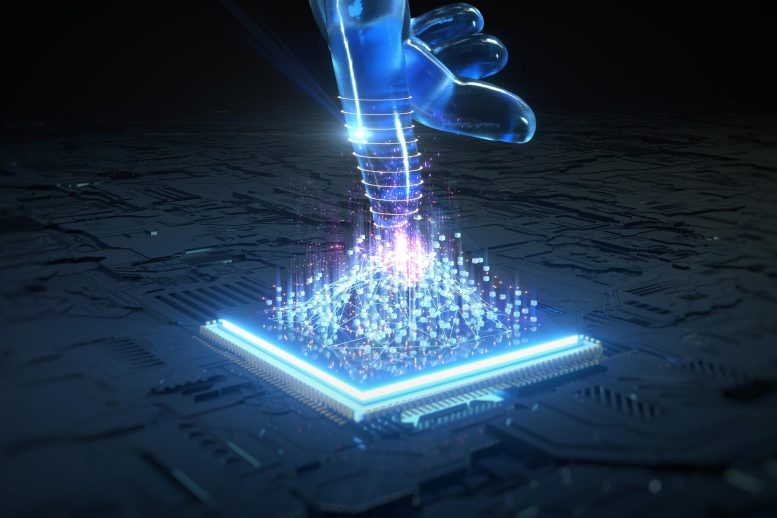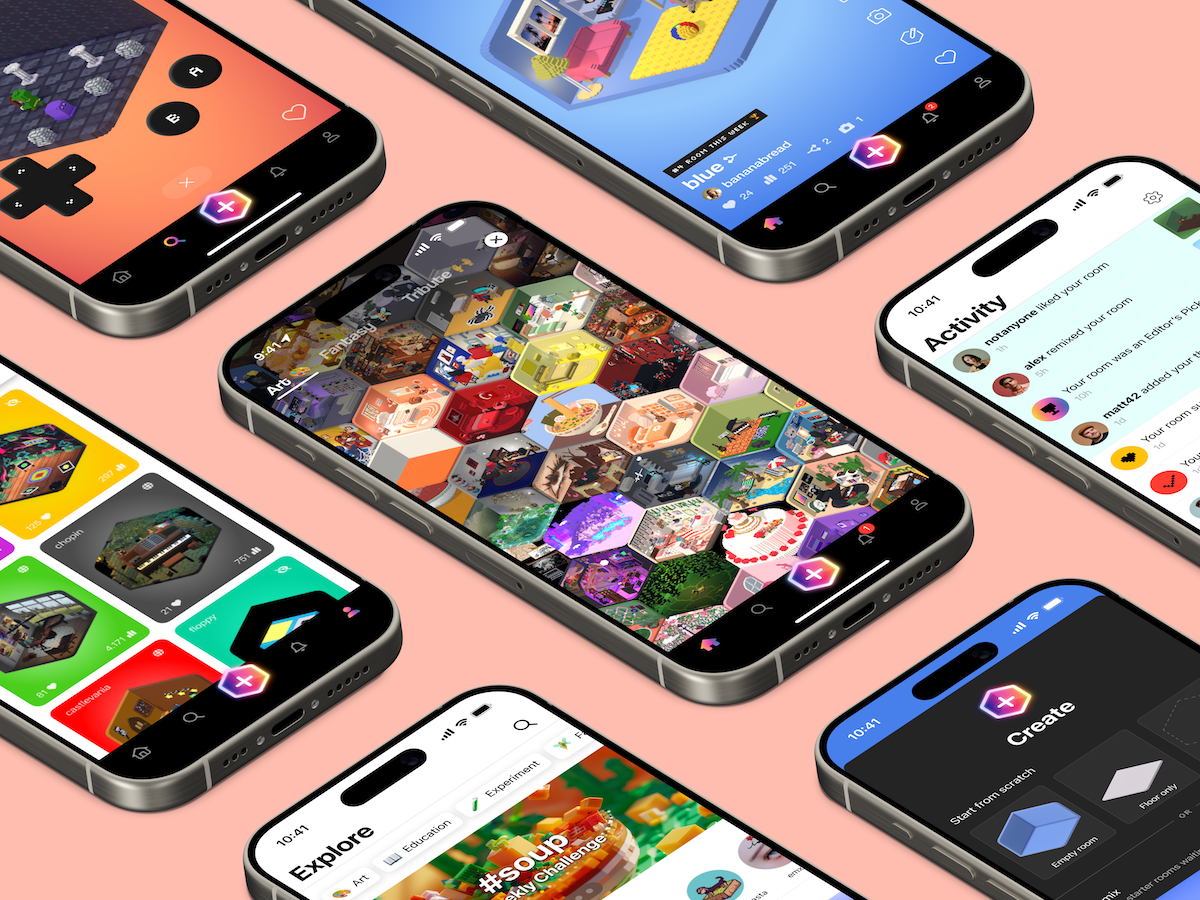
Imagine a classroom where you can explore ancient ruins without leaving your seat or watch a human heart pump blood in 3D.
This is the power of augmented reality (AR), a technology that blends the real world with digital information.
In recent years, AR has made significant progress in education, providing students and teachers with new tools to enhance learning and make it more engaging.
AR works by overlaying virtual objects, images, or information onto the real world through devices like smartphones, tablets, or AR glasses. Unlike virtual reality, which immerses users in a completely digital environment, AR adds digital layers to the physical world.
This makes it ideal for education because students can interact with both their real surroundings and virtual content at the same time.
One area where AR has shown great promise is in science education. For example, students can use AR apps to visualize complex concepts like the structure of atoms or the workings of the human body.
Instead of looking at flat diagrams in textbooks, they can see 3D models right in front of them, which they can rotate, zoom in on, and explore from every angle. Research has shown that this kind of interactive learning helps students understand and retain information better compared to traditional methods.
History lessons are also benefiting from AR technology. Imagine standing in a classroom and seeing a virtual recreation of a historical event unfold before your eyes. AR can bring history to life, allowing students to experience moments from the past in a way that feels real and immersive.
Some schools are using AR to create virtual field trips, where students can explore ancient civilizations or visit distant landmarks without ever leaving the classroom. Studies have found that these experiences make history lessons more engaging and memorable.
AR is not just for visual learners. In language education, AR tools are being used to teach vocabulary and pronunciation. For instance, students can point their devices at objects around them to see the names of those objects in different languages.
This hands-on approach helps learners connect words with real-world items, making it easier to build their vocabulary. Research has shown that using AR for language learning can improve pronunciation and retention compared to traditional flashcards or apps.
For students with special needs, AR offers unique advantages. It can provide personalized learning experiences tailored to individual abilities and needs. For example, AR tools can help students with autism practice social interactions in a controlled and supportive environment.
In one study, researchers found that children using AR for social skills training showed significant improvements in their ability to recognize emotions and respond appropriately.
Teachers are also finding AR helpful in their work. It provides them with new ways to explain difficult topics and keep students engaged. Some AR apps allow teachers to create their own interactive lessons, adding a layer of creativity to their teaching methods.
Feedback from educators suggests that AR makes lessons more enjoyable for both teachers and students, fostering a love for learning.
Despite its many benefits, AR in education does face challenges. One major hurdle is the cost of AR devices and software, which can be expensive for schools with limited budgets.
Another issue is the need for teacher training, as not all educators are familiar with how to use AR effectively in the classroom. However, as technology becomes more affordable and accessible, these barriers are gradually being overcome.
In conclusion, augmented reality is revolutionizing education by making learning more interactive, engaging, and effective. Whether it’s exploring the human body, experiencing historical events, or learning a new language, AR has the potential to transform how students learn and teachers teach.
As this technology continues to advance, it promises to unlock new possibilities for education, inspiring students and helping them succeed in an ever-changing world.
Copyright © 2025 Knowridge Science Report. All rights reserved.









Leave a Comment